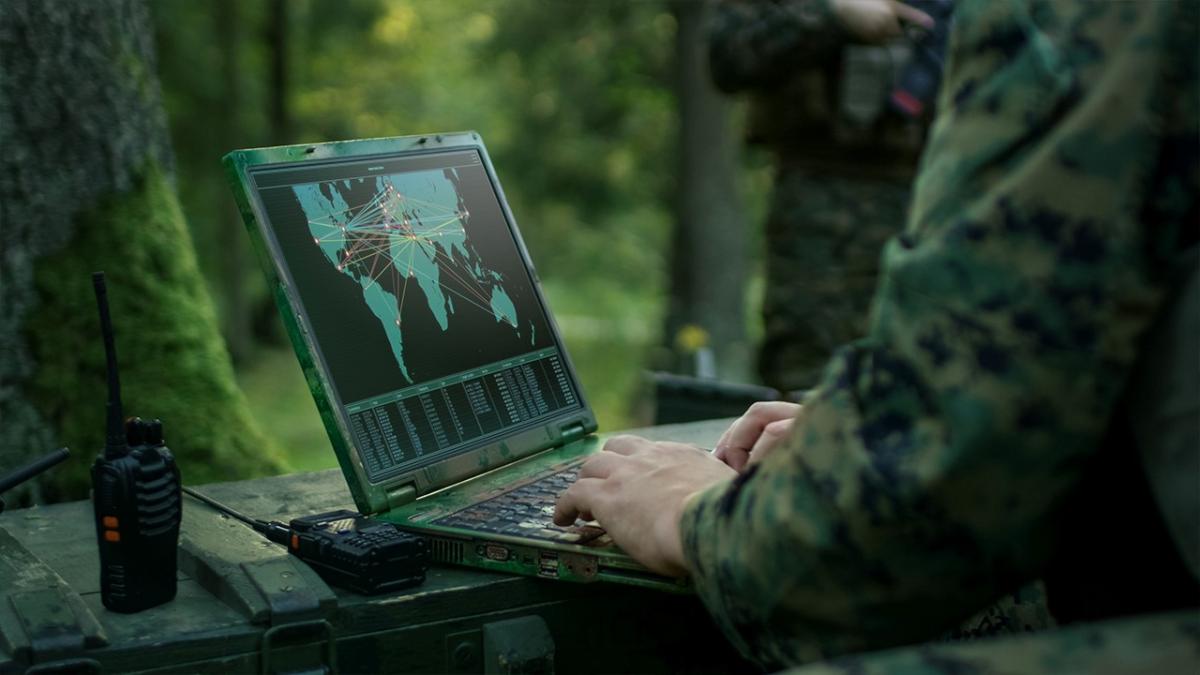Charles River Analytics Inc., developer of intelligent systems solutions, has received funding from the US Army Corps of Engineers, Engineer Research and Development Center (ERDC), to develop a Data Analysis Tool to Assess Value of Information for Decision Making (DATAVOID). DATAVOID provides value of information (VoI) analysis to support decision makers so they can assess and understand the relationships between the data they already have, decisions that they need to make and costs and benefits of acquiring additional information to make better decisions.
“Military commanders and civilian decision makers ask for evidence-based data in support of decisions they need to make,” said Dr. Igor Linkov, Risk and Decision Science Team Lead with ERDC. “Poor decisions based on incomplete information can have disastrous consequences, such as loss of human life and monetary cost.”
“Information is difficult to obtain and time is limited, so analysts must quickly prioritize which information to gather for Commanders to make informed decisions,” said Dr. Tyler Mayer, Scientist at Charles River Analytics and Principal Investigator on DATAVOID. “Our automated DATAVOID tool supports this complex decision making. DATAVOID determines the value of information for all gatherable data and provides tailored recommendations to analysts and Commanders on what data to procure.”
DATAVOID leverages a suite of multi-criteria decision analysis (MCDA) and artificial intelligence (AI) approaches to compute the value of information as it relates to selecting the best course of action. Our tool provides decision makers with prioritized information collection plans that reduce uncertainty and maximize mission success.
Related Article
Charles River Analytics develops DATAVOID
This material is based upon work supported by the US Army Corps of Engineers, Engineer Research and Development Center under Contract No. W912HZ-19-C-0050. Any opinions, findings and conclusions or recommendations expressed in this material are those of the author(s) and do not necessarily reflect the views of the US Army Corps of Engineers, Engineer Research and Development Center.






